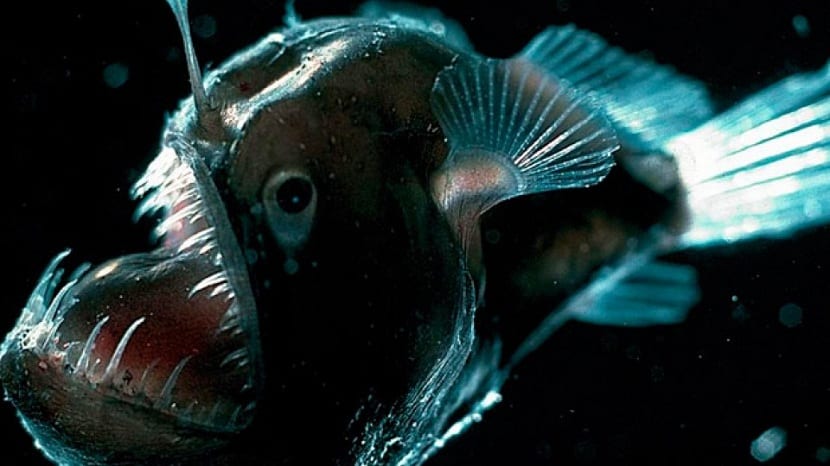
Today we travel to the abyssal seabed where we find marine species very different from those we have on the surface. These forms are the result of the processes of adaptation to the depths given that the conditions there are different. Among the rare species there are, we find the lantern fish. This is the star fish of this article and I assure you that you will be quite surprised when you learn about it. Its scientific name is centrophryne spinulosa and inhabits depths of more than 4.000 meters.
Do you want to know all the secrets about the lanternfish? Read on and learn about it.
Abyssal zone
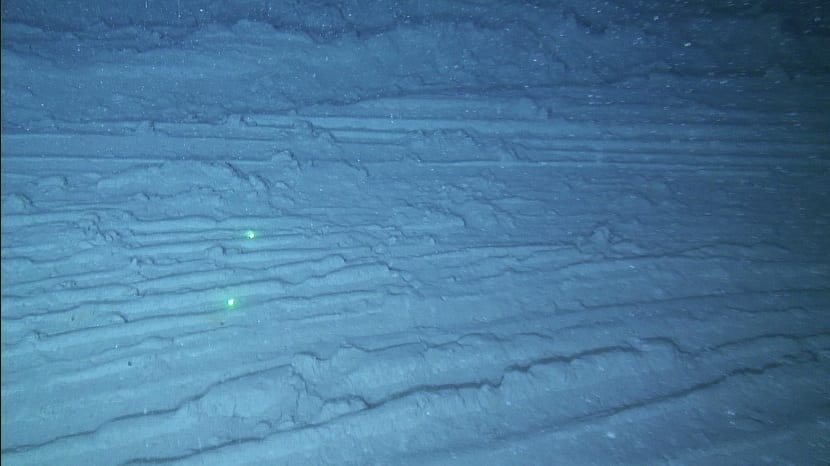
Fish on the seabed have different characteristics since they need to adapt to new environmental conditions. Among them is the lack of sunlight, high atmospheric pressure, the absence of marine plants such as algae, etc. All these more adverse conditions make the species that inhabit these depths tend to develop organs that allow them to better adapt and survive.
The area where the lanternfish live it is known as the abyssopelagic zone. It is an area of the ocean that is more than 4.000 meters deep and stands out for the absence of sunlight. The environment is quite cold and the hydrostatic pressure is extreme. In the absence of nutrients, the lanternfish have developed several organs of adaptation. It is almost impossible for human beings to reach this area to carry out the pertinent studies given the extreme conditions.
Key features
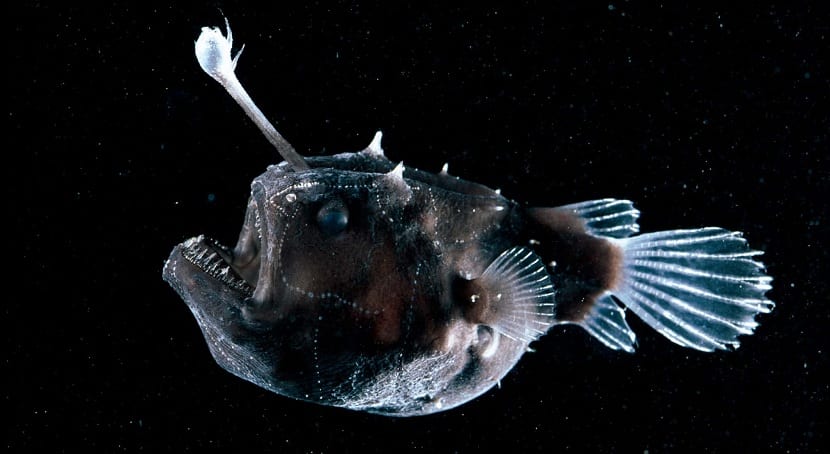
The lantern fish has a measurement of 23 centimeters in length. Its head is quite large and the jaw is just as large as the head. It has thin and recurved teeth to be able to hook its prey well. It has a sexual dimorphism, so it is easy to recognize a male and a female.
Its skin color turns red to black and it has a large number of narrow spines. The appendix is located near the muzzle and is known as the Illicium. They have a hyoid beard that helps them to be easily distinguished from other species.
Regarding its meat, it is quite watery. By having so much water on the skin, the bones are quite light and they are covered with a thin layer of calcium carbonate.
Habitat and food
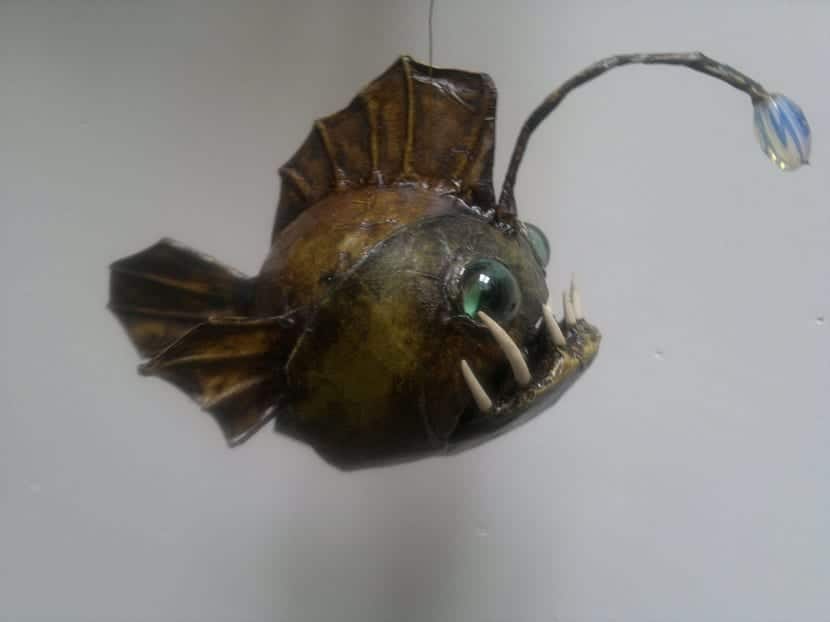
To find this species you must go to the Pacific Ocean from Baja California to the South of the Marquesas Islands and the Gulf of California. It has also been captured in the waters of New Guinea, the South China Sea, Venezuela and the Mozambique Channel. This makes the lanternfish have a wide range in both tropical and subtropical waters.
The fish that have been studied have been caught at depths of 650 meters at 2000. Having such a deep range, this fish has only been seen alive about 25 times since it was discovered.
As for its diet, it is totally carnivorous. Like the sunfish They feed on small fish found in the same habitat. They are true experts in the world of hunting. They attract prey with the characteristic appendage for which it is named. As prey approaches, they open their huge mouths to engulf them completely.
They are able to swallow prey twice their size having such an elastic mouth. Not only does it have elastic characteristics in the mouth to be able to swallow species twice its size, but they also have an expandable stomach.
Reproduction
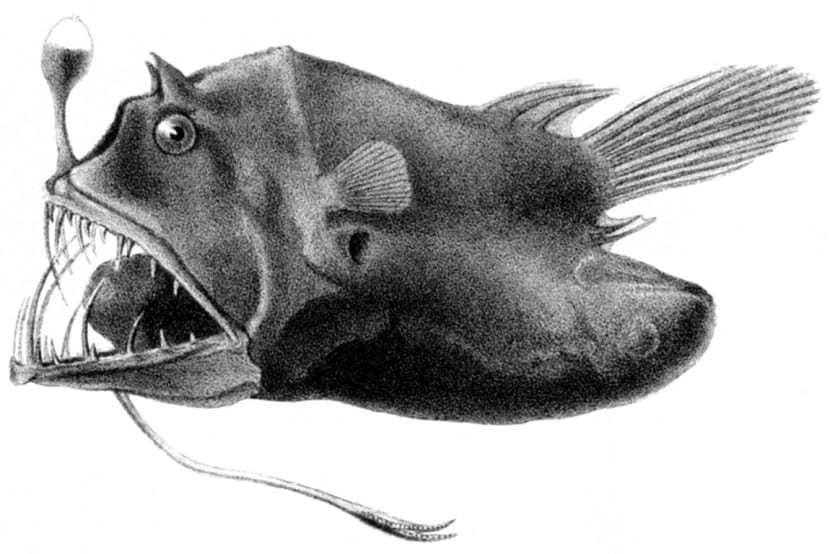
When it comes to reproducing, this fish is quite curious. The female has only one ovary aligned with several projections of the epithelium. These projections are similar to villi. For even more curiosity, the male becomes a kind of parasite when he mates with the female. The male has to stay for a long time looking for the female given the environmental conditions in which it is found.
The darkness, the lack of nutrients and the hard life of the abyssal bottoms mean that, when the male meets his female, they activate their sexual parasitism. It is about the union of the male to the female through the engagement of the teeth. In order to produce the sperm that favors the fertilization of the eggs for the young, the male drinks the blood of the female while parasitizing her with his teeth.
Given the extreme conditions in which the lanternfish live, capturing these specimens becomes something really complicated for humans. Only 25 specimens have been captured since the species was discovered. Despite this, it is a species that has become very famous for its special characteristics. It is hoped that humans can develop technology capable of studying deep-sea bottoms well in order to obtain more information about the habitat and behavior of these species without causing damage to the marine environment.
Not only is the lanternfish closely related to fluorescent bacteria, but there are more species. Thanks to this small illumination, they can solve somewhat the lack of light in the abyssal zone. These bacteria make certain parts of the body shine and serve so that the fish can move and feed. It also helps them identify among members of the same species to see if mating and reproduction is possible.
Curiosities of the lantern fish
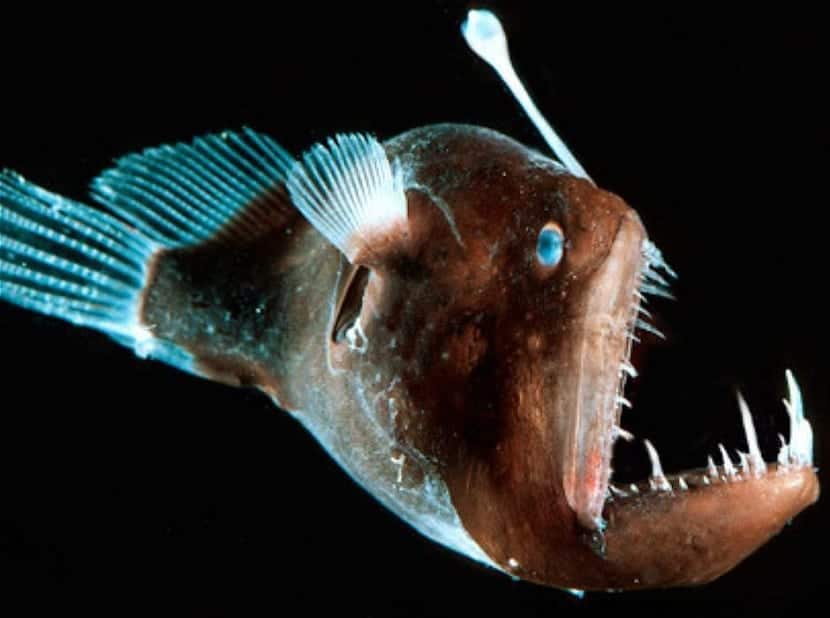
Despite living in the deep, this fish is affected by humans. It is very common in dishes in many areas of the world for its delicious flavor. Its capture is possible due to the effects of the phenomenon of El Niño. It is a fluctuation in water temperatures that causes the lanternfish to die and appear on the surface floating.
It is also affected by the acidification of the oceans that is causing climate change.
I hope that with this information you can get to know the lanternfish and its great curiosities better.
Wow is super interesting, we hope that climate change does not affect the depths of the sea since these fish can be a wealth of information about the ocean, we just have to wait for technology to travel more than 1000 m deep in the sea .
How is the electricity produced by the flashlight related, what is the process for the flashlight to work, why is it produced?